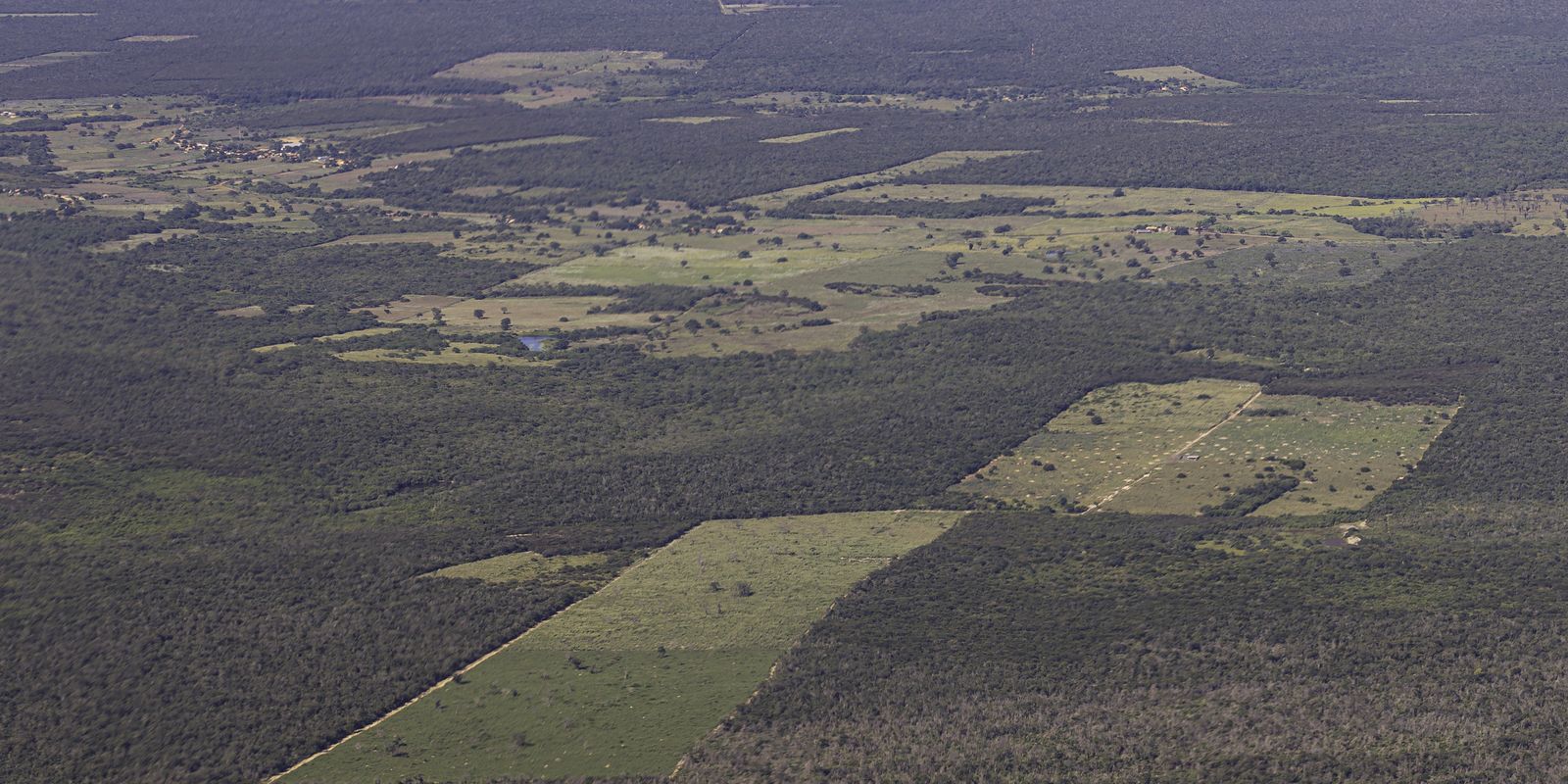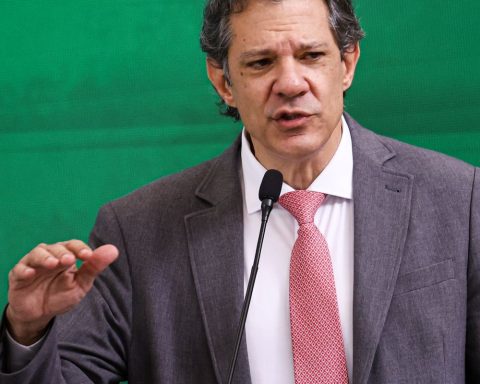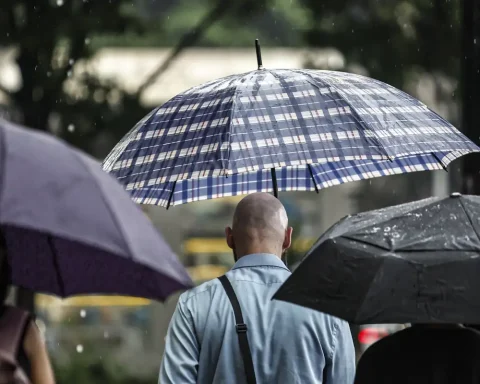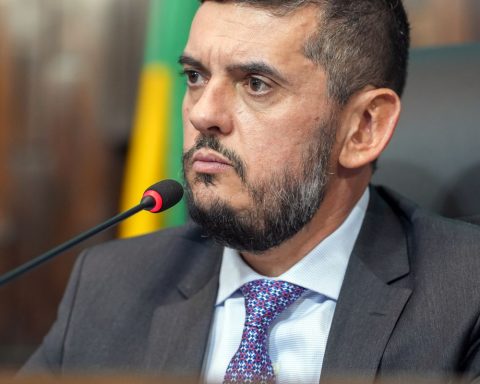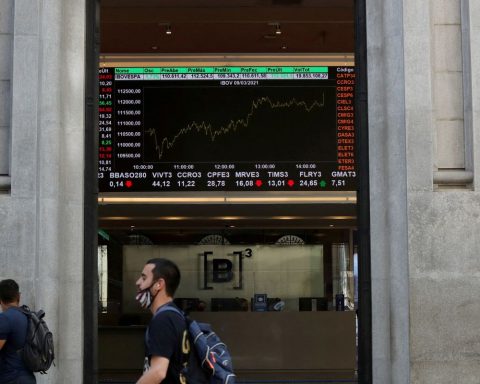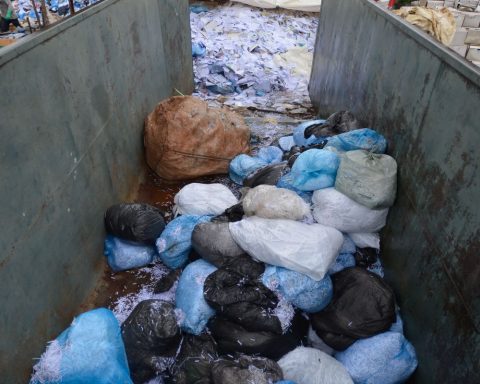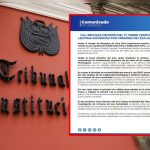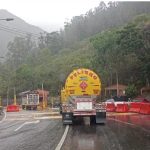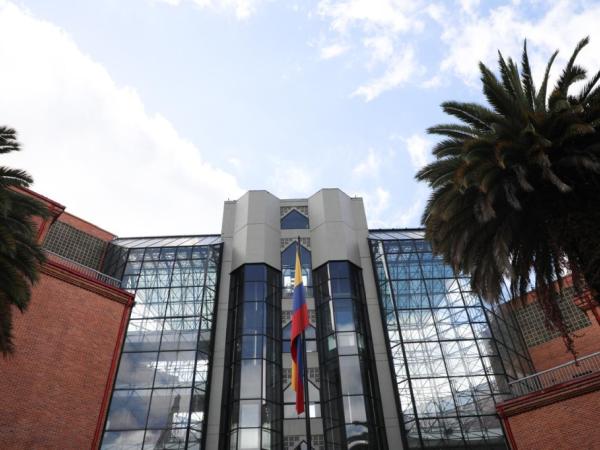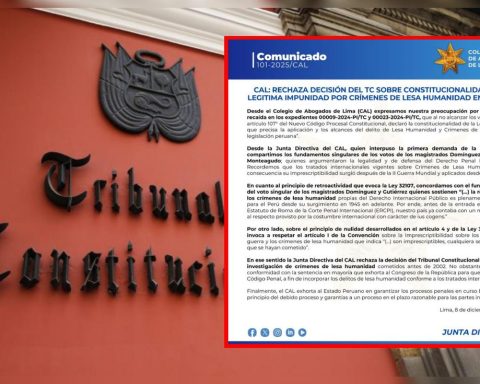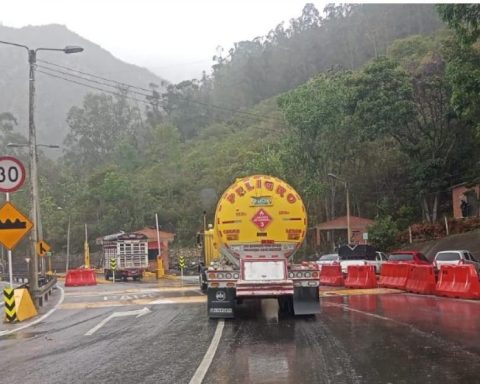Data from the Atlantic Forest Deforestation Alert System (SAD) indicate a 55% reduction in deforestation in the biome in the first half of 2024 compared to the same period of the previous year. From January to June, 21,401 hectares were deforested, compared to 47,896 in 2023, according to a survey released by the SOS Mata Atlântica Foundation, in partnership with MapBiomas.
Despite the reduction, SOS Mata Atlântica assesses that the impact of deforestation remains alarming and unacceptable, especially in this biome that is so devastated and threatened. The area destroyed in the first six months of the year is equivalent to around 20,000 football fields. According to the foundation, although viable, the goal of eliminating deforestation in the biome is still a challenge.
The drop in deforestation is largely due to the strengthening of supervision, the cut of credit for illegal deforesters and the use of remote embargoes, which are restrictions applied to deforested areas detected by remote monitoring, preventing their commercial use.
“The reduction in deforestation is the result of the strengthening and application of Brazilian public environmental policies, mainly the return of environmental inspection and the strengthening of the Ministry of the Environment and Ibama”, says the executive director of SOS Mata Atlântica, Luís Fernando Guedes Pinto . The agricultural engineer stated that the current data represents temporary relief, but highlighted the continued need for vigilance and action.
In enclave areas – fragments of native vegetation of the Atlantic Forest located on the borders with other biomes such as Cerrado, Caatinga and Pantanal, where deforestation drew attention over the past year –, the reduction reached 58%. For Guedes Pinto, this is great news.
“Last year, there was a drop in the continuous Atlantic Forest region and an increase in enclaves, and this year there was a decrease in these two regions. This is also due to the plan to combat deforestation in the Cerrado, actions in the Caatinga, and an entire national strategy to combat deforestation”, he adds.
Zero deforestation
According to MapBiomas, 24% of the original forest cover of the Atlantic Forest remains. The proportion is below the minimum acceptable limit for conservation of coverage, which is, according to a study published in the journal Science30%. Furthermore, natural forests are restricted to extremely fragmented spaces – most do not reach 50 hectares – and, in 80% of cases, they are on private properties.
Guedes Pinto recalls that, for Brazil to fulfill the commitments made in the Paris Agreement, it must achieve zero deforestation in all biomes by 2030. For the agronomist, the Atlantic Forest has the potential to be the first Brazilian biome to achieve this goal . “This is because it is where deforestation is relatively lower and it is a region with a lot of governance,” he said.
He notes that impunity for environmental crimes is still a huge obstacle to achieving these goals. “The possible path is to continue monitoring and applying command and control mechanisms, which are the punishments for illegality.” Guedes Pinto highlights that it is necessary to affirm the Atlantic Forest law politically, for federal, state and municipal bodies. “The last thing is economic incentives to keep the forest standing and for restoration”, says the engineer, who cites public policiessuch as payment for environmental services, in addition to market instruments, such as the carbon market.
Fires
“The authorities’ responses have been insufficient, as we saw in relation to the criminal fires that this year reached frightening levels”, highlights the director of Public Policies at SOS Mata Atlântica, Malu Ribeiro. For Malu, the lack of justice almost a decade after the environmental damage resulting from the collapse of the ore dam in Mariana, Minas Gerais, is an example of this institutional negligence.
Guedes Pinto also points out the enormous impact of the fires on the Atlantic Forest. According to him, the area of burned forests was greater than the area deforested last year. “Burning does not result in deforestation, but it leads to forest degradation. Successive fires can end up causing the small fragments to disappear”, he emphasizes.
Fires have a major impact on biodiversity, greenhouse gas emissions, and degrade the forest. “It can even lead to death. Therefore, it is necessary to protect the areas that were impacted by the fires, observe how they will react to recover. The impact [imediato] it is lower than that of deforestation, but, in the medium and long term, it could even be similar.”
